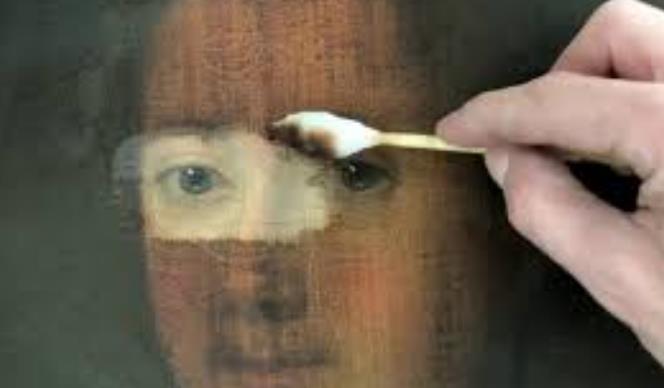Artwork Unveiled: Discovering the Essence of Masterpieces
In the realm of art, each masterpiece tells a story, encapsulating moments, emotions, and visions that transcend time and culture. The journey to uncovering the essence of these works is not just about observing; it's an immersive exploration that requires curiosity, knowledge, and an appreciation for the nuances that make each piece unique. From the brush strokes of the Renaissance to the bold expressions of modern art, let's dive into the world of masterpieces and discover what makes them resonate across generations.

The Power of Context
Understanding the historical and cultural backdrop of an artwork adds layers to its appreciation. For instance, did you know that Leonardo da Vinci's "Mona Lisa," with her enigmatic smile, was considered a groundbreaking work of art in the early 16th century for its use of atmospheric perspective and sfumato technique? These elements brought a lifelike quality to the painting, setting a new standard for portrait art.
Decoding Symbolism
Many masterpieces are rich in symbolism, carrying deeper meanings beneath their surface. Take Hieronymus Bosch's "The Garden of Earthly Delights" as an example. This triptych, painted between 1490 and 1510, is a vivid narrative on human morality, depicting paradise, earthly pleasures, and hell in a single frame. Each section is filled with intricate details and symbolic imagery, inviting viewers to interpret its complex message about virtue and vice.
The Evolution of Technique
The evolution of artistic techniques over the centuries reveals much about the changing perspectives on art and expression. The transition from the detailed, precise brushwork of the Renaissance to the spontaneous, emotive strokes of Impressionism marks a shift in how artists viewed their world. Claude Monet's series of "Water Lilies," created between 1914 and 1926, exemplifies this shift. By focusing on the play of light and color over precise forms, Monet captured the fleeting moments of nature, influencing the direction of modern art.
Personal Journeys of Artists
The personal stories of artists often reflect in their work, adding a layer of intimacy and understanding for the audience. Vincent van Gogh's "Starry Night," painted in 1889, is a testament to his battle with mental illness and his deep connection to the natural world. The swirling, vibrant skies above the quiet town speak to van Gogh's inner turmoil and his search for peace, making the painting one of the most poignant works of art in history.
Experiencing Art Firsthand
While reading about art offers insight, experiencing it firsthand brings an unparalleled depth of understanding and emotion. Museums and galleries around the world house these treasures, allowing visitors to stand before them and experience their beauty and complexity in person. For those looking to bring a piece of this magic into their own spaces, exploring a collection of reproductions or inspired works can be a great start. A fine example is the range of obra de arte inspired by historical masterpieces, making the essence of these artworks accessible to all.
Discovering the essence of masterpieces is a journey that goes beyond the visual. It's about connecting with the minds and hearts of the artists, understanding the contexts that shaped their creations, and recognizing the universal emotions and stories they convey. Each artwork, with its unique blend of history, technique, and personal expression, invites us to look closer, think deeper, and appreciate the boundless possibilities of human creativity.